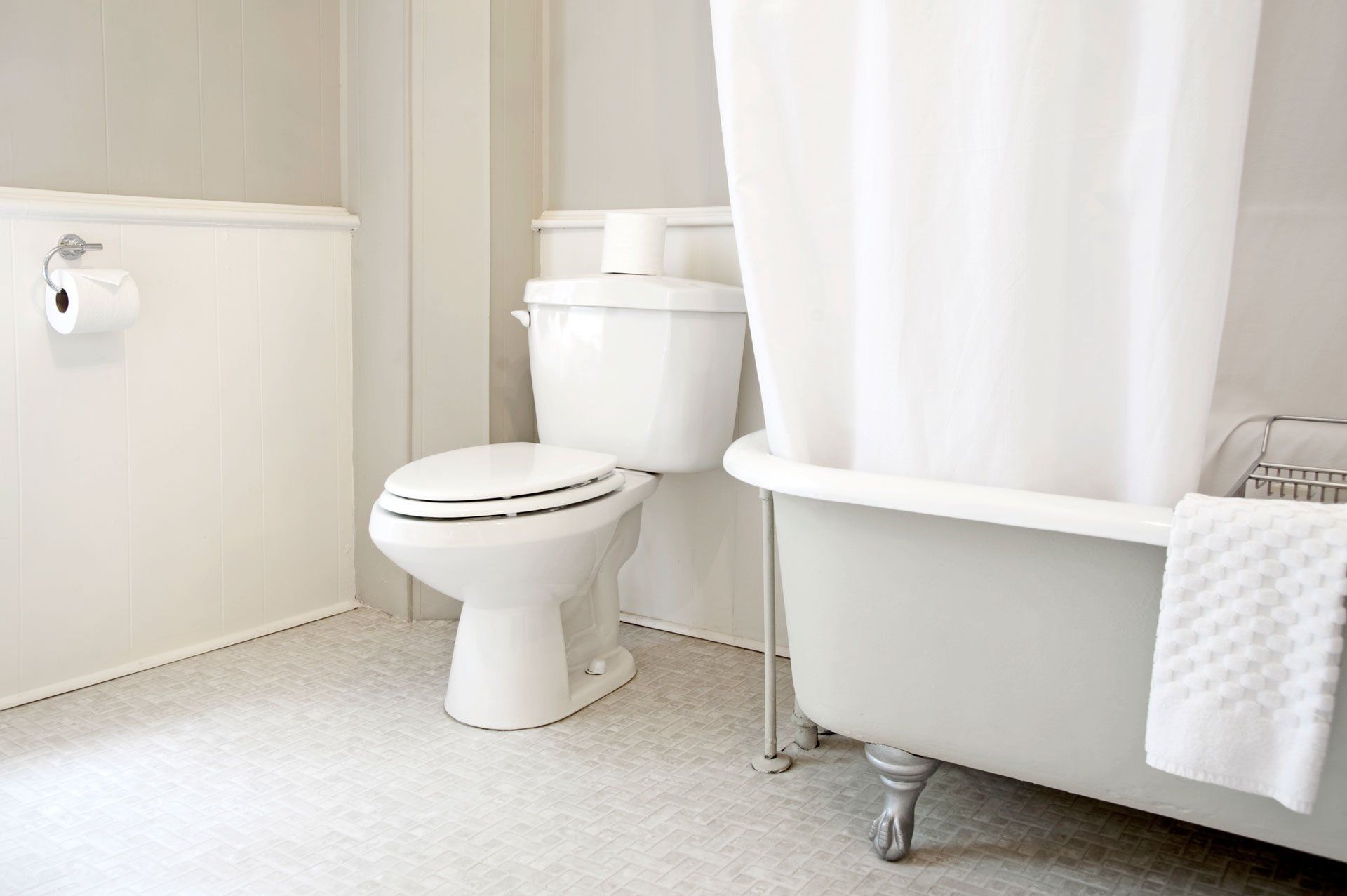6 Types of Unconventional Toilets to Consider for Your Bathroom

The toilet is one of the most critical bathroom installations. Despite this, many people continue to use the same conventional toilets again and again. Below are some nontraditional toilets to consider the next time you install or replace your toilet.
1. Waterless
A conventional toilet uses water to drain waste away. However, waterless toilets also exist. One type of waterless toilet uses a receptacle under the toilet seat to collect waste. You then empty the waste into a standard toilet or septic access point. The nature of the waterless toilet, for example, whether it uses chemicals, determines where you can empty it.
A composting toilet is another type of waterless toilet. A composting toilet separates liquid and solid waste. The toilet then kills the dangerous germs in the waste and composts the solid waste for safe disposal.
Waterless toilets are suitable for areas without conventional toilets. For example, you can use a waterless toilet while camping. Apart from the convenience, these toilets also save water and help with environmental conservation.
2. Tankless
Many people are used to toilets with tanks. The tank holds the water for flushing the toilet waste. However, even a flushing toilet doesn't need a tank. Tankless toilets use an electric pump in the bowl to provide the flushing pressure.
The toilet has a direct connection to a water supply pipe. The supply pipe is relatively wider than the supply pipes of standard toilets to provide an adequate water volume. Flushing the toilet opens the pipe and makes water rush into the bowl. The electric pump then activates and flushes the waste.
3. Double Cyclone
Many flushing toilets get their water from holes under the bowl's rim. Double cyclones get their water from a couple of nozzles along the rim. Water from the nozzles, which face sideways, enters the bowl and swirl like cyclones (hence the name).
The positions and directions of water flow make a powerful and effective flushing mechanism. Thus, double-cyclone toilets are water efficient. They also leave the toilet bowl thoroughly cleaned and rinsed.
4. Upflush
A regular flushing toilet drains its waste down into the drain. An upflush toilet discharges its waste out of the toilet into a unit that shreds the waste and pumps it up into the main stack. From the main stack, the waste drains out of the house as usual.
The best thing about an upflush toilet is that you can install it anywhere. You don't have to worry about adding drain pipes, which usually form a significant toilet installation cost.
5. Smart
With more and more home appliances getting smart, toilet designers made a smart toilet. Smart toilets use sensors and the internet to:
- Automate some toilet functions
- Facilitate remote control
- Improve ease of use
For example, some toilets have sensors that allow touchless flushing. The sensors detect when you get off the toilet and automatically flush the bowl. Some smart toilets also have touchscreens and temperature-changing controls.
6. Bidet
Bidet toilets have a plumbing fixture to clean you off after using the toilet. Some people claim bidets clean better than toilet paper and are more hygienic. You can use the bidet instead of or in addition to toilet paper. The bidets come in different designs. For example, some you have to straddle, while others you hold by the hand. You may also retrofit a standard toilet with a bidet.
Your toilet doesn't need to be ordinary. Consult Daytona Plumbing for all your bathroom and general plumbing needs. Note that the plumbing industry is constantly evolving, and new products enter the market every day. We will advise you on what is available in the market at any time.






